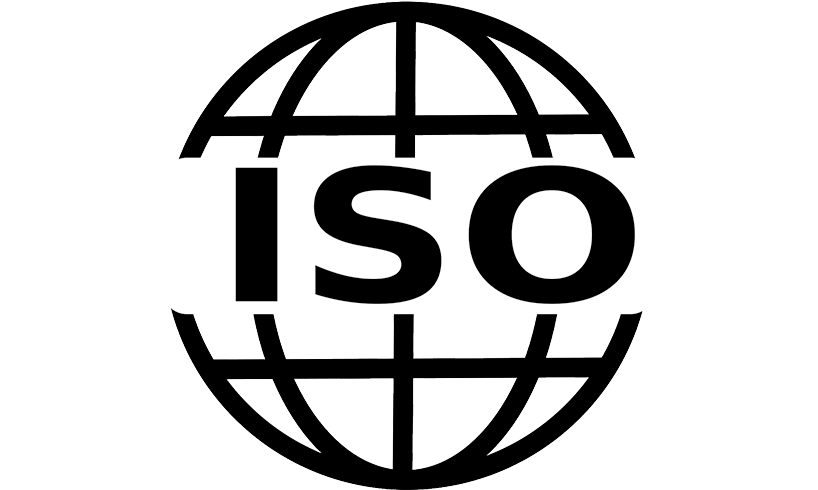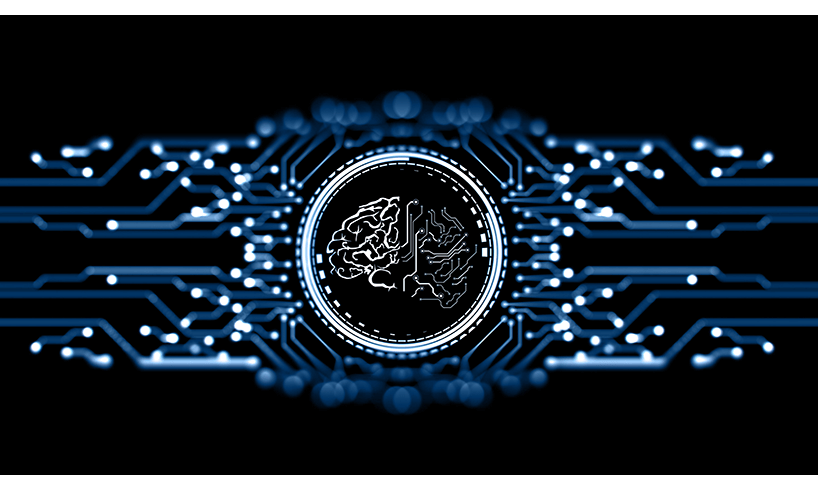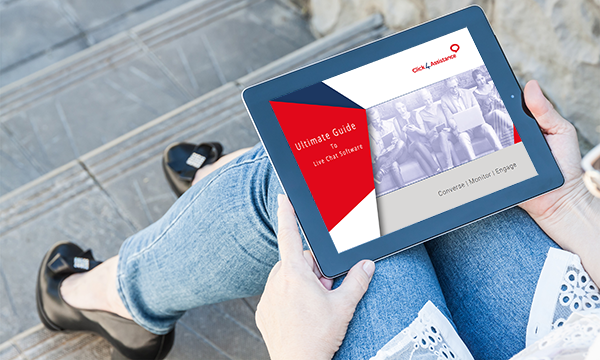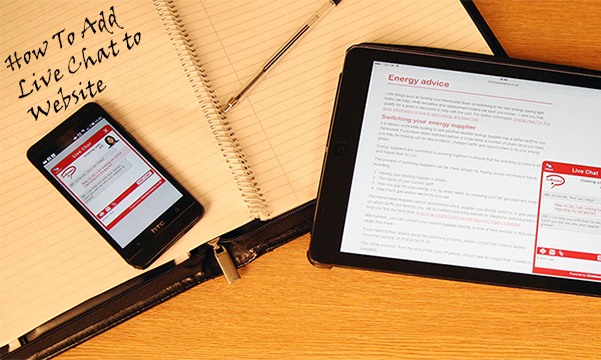Our Recent Transition From ISO 27001 2013 to 2022

Click4Assistance has been one of the first companies to transition from ISO 27001 2013 to 2022. Here’s what it means.
At Click4Assistance we're always striving to stay ahead of the curve so we can deliver the best services to our customers. The concept of quality is critical and is an essential component of giving our customers peace and mind when it comes to using a service that delivers what it promises. We allow businesses to implement their own online support chat for website pages. Our recent transition from ISO 27001:2013 to ISO 27001:2022 is one of the latest changes. But what does this mean and how does it benefit you?
What Are ISO Certifications?
ISO certifications are certifications issued to comply with specific ISO regulations. The ISO, the International Organization for Standardization, is a worldwide federation of national standards bodies that aims to demonstrate to customers and clients that any IT service company can deliver the best for its customers. For businesses to be certified, they must follow a strict process that ensures they are dedicated to continual improvement, including training, pre-assessment, assessments, and ongoing checks.
What Is ISO 27001?
Various certifications refer to quality management, service management, and environmental management, among many, but ISO 27001 relates to information security management systems (ISMS) which covers the safeguarding of numerous items of information. ISO 27001 is an approach that helps organisations manage their information security and work towards securing clients' information assets and acts as a framework for organisations to implement and continually improve their ISMS.
What Has Changed with ISO 27001?
The previous ISO, the ISO 27001:2013, has now been updated to the ISO 27001:2022 framework. While the latest version does not boast major changes, there are some small ones to note that specifically relate to the Annex SL, which is a structure common to all new ISO management system standards, rather than specifically on the side of information security. These include:
- Planning, where information security objectives must be monitored, including a new sub-clause on planning changes to the ISMS, meaning businesses should determine how they can demonstrate changes have been pre-planned.
- Operation, where the requirement to plan how to achieve security objectives has now changed to a requirement to establish a set criteria to implement these actions.
- Support, where the requirement to define who will communicate and the process have been replaced with a requirement to define how to communicate.
- Annex A changes, which have been restructured to reflect current security challenges with four different controls: organisational, physical, people, and technological. Each control has a table with a set of suggested attributes and recommended associations.
=What Does This Mean for Organisations?
Implementing this standard helps businesses meet the requirements of the UK and EU GDPR and NIS (Network and Information Systems) regulations, to bring peace of mind. We can help you protect your data, reduce information security costs, meet contractual obligations, respond to ongoing security threats, and improve your company culture. We take standardisation very seriously and this means that we can deliver a better service for you. If you are considering adding online support chat for a website, we are one of the first companies to transition from the old ISO to the new and give you the service you deserve.
























